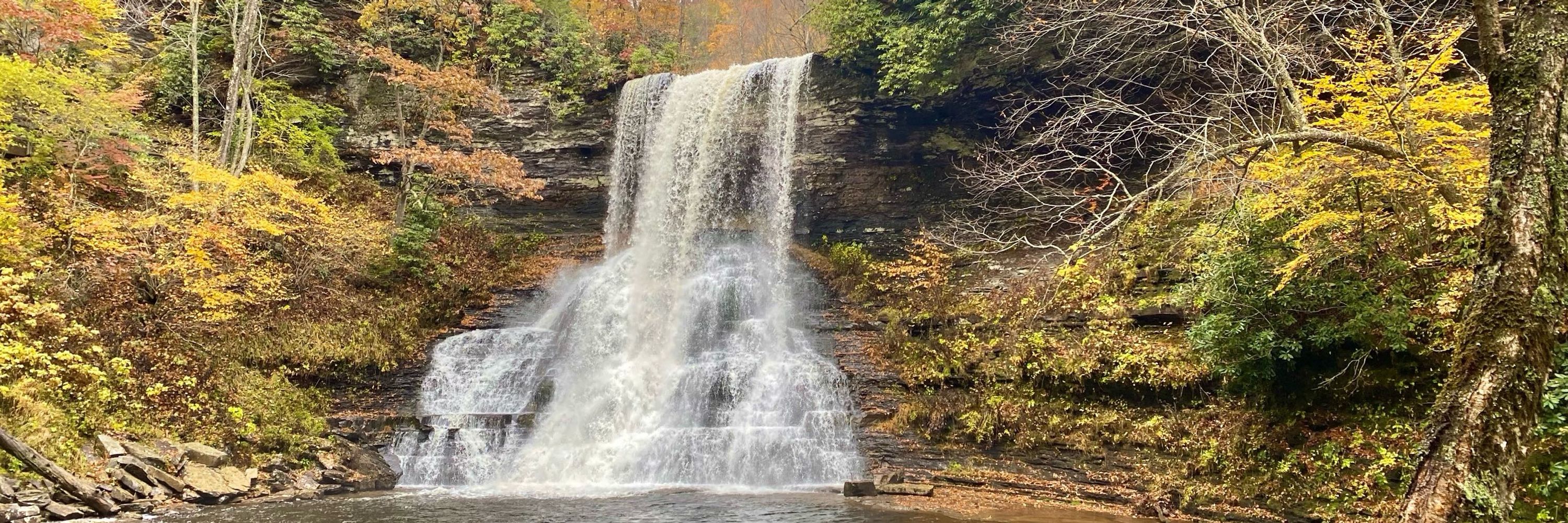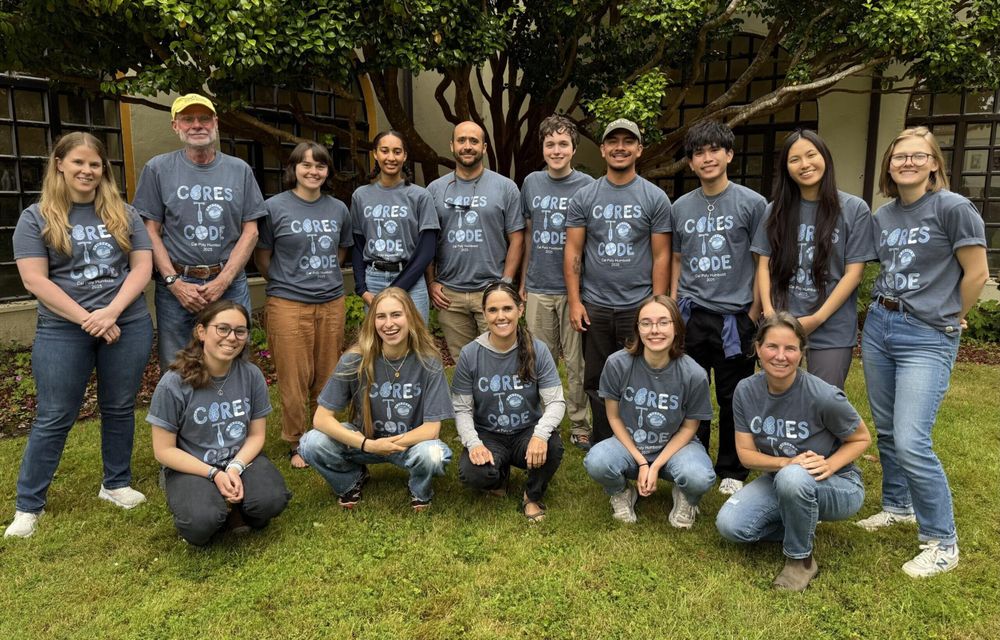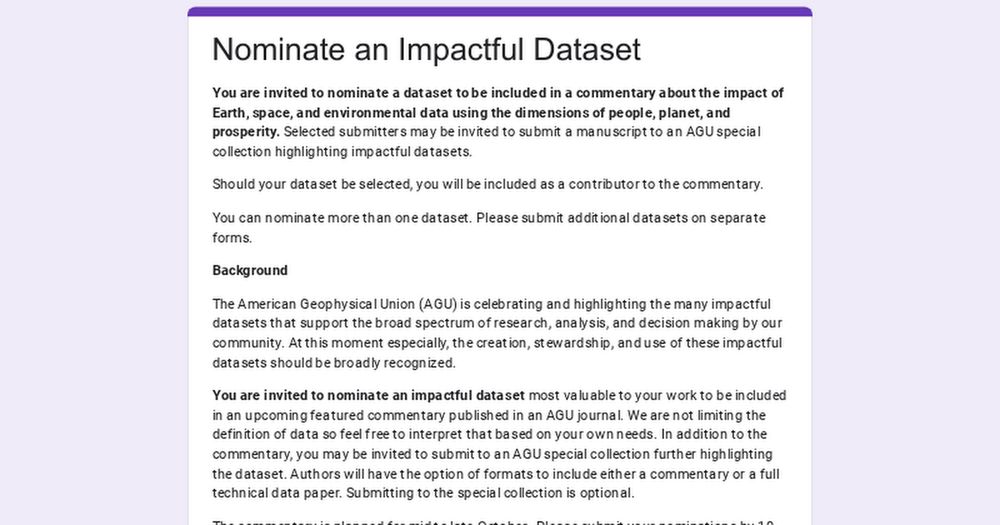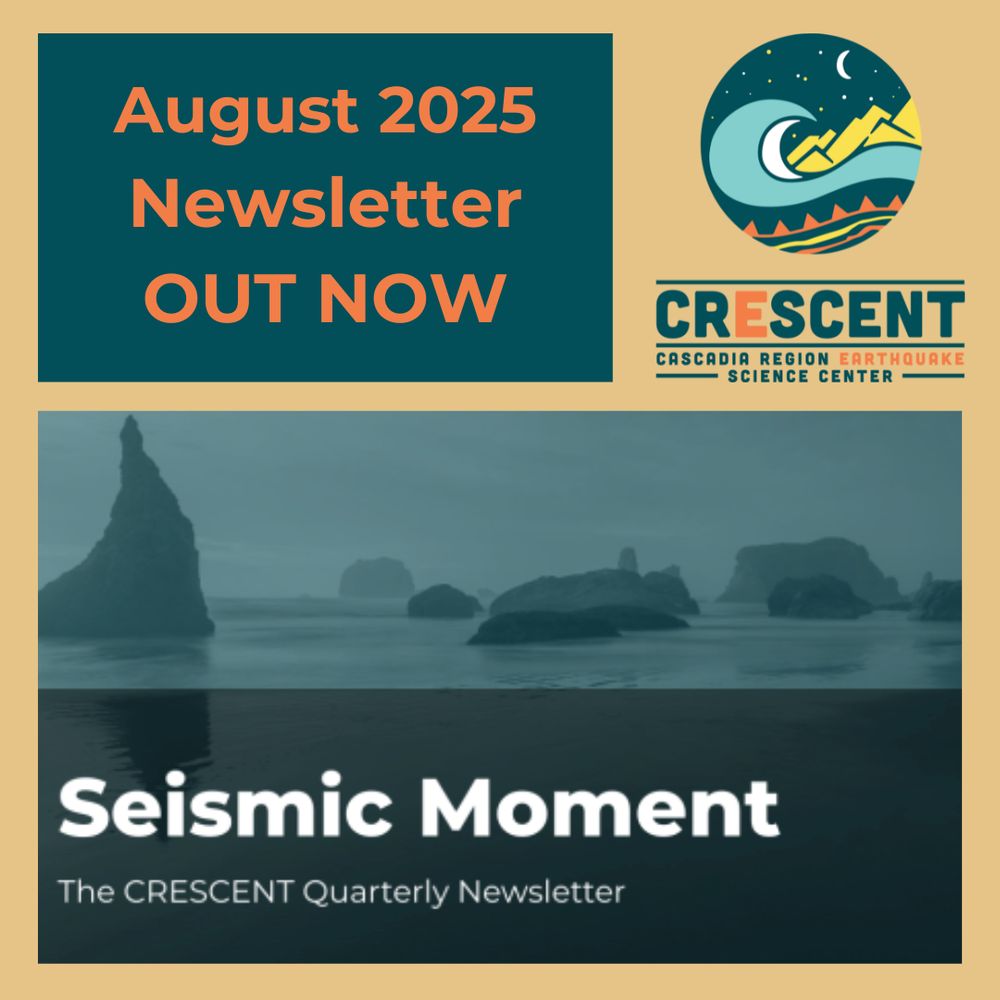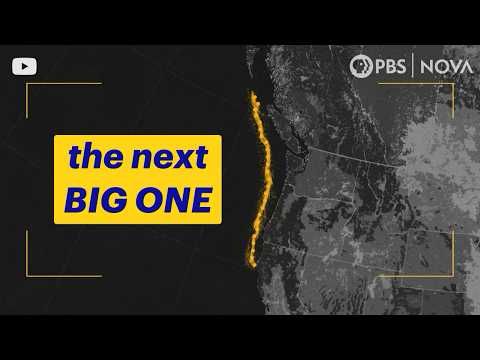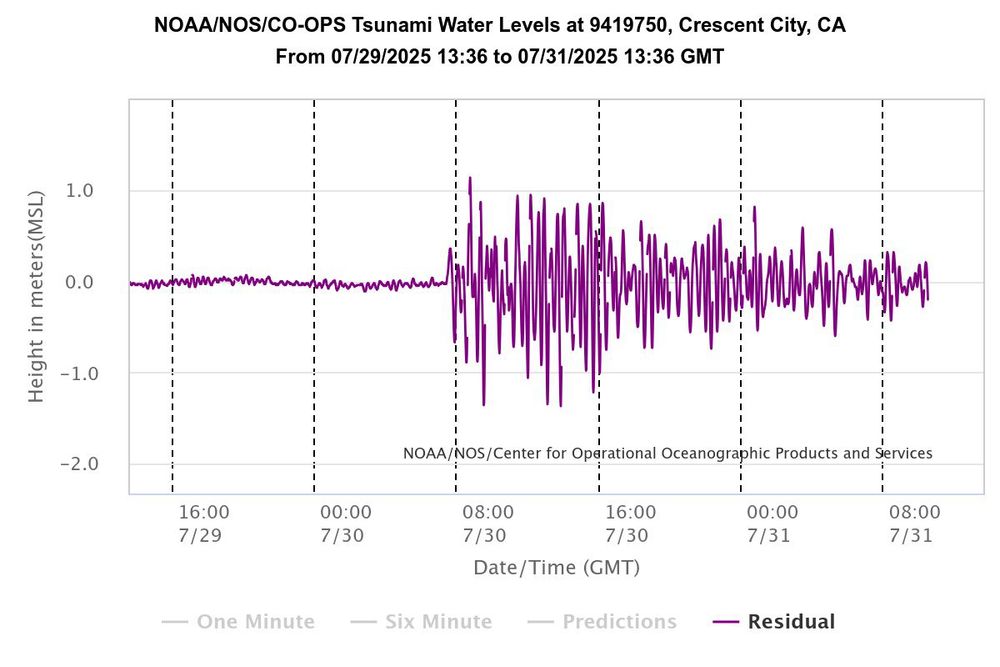Tina Dura
@diatomdura.bsky.social
1.7K followers
330 following
77 posts
Assistant prof leading Coastal Hazards Lab @vtgeosciences. I employ diatom-based paleoseismology to reconstruct EQ and tsunami records. #marshcat #hokie
http://www.coastalhazardslab.com
Posts
Media
Videos
Starter Packs
Pinned
Reposted by Tina Dura
Reposted by Tina Dura
Reposted by Tina Dura
Reposted by Tina Dura
Lyndon Hood
@lyndonhood.bsky.social
· Aug 18
Reposted by Tina Dura
Reposted by Tina Dura
Tina Dura
@diatomdura.bsky.social
· Aug 1
Reposted by Tina Dura
CRESCENT
@cascadiaeqs.bsky.social
· Jul 31
Reposted by Tina Dura
Tina Dura
@diatomdura.bsky.social
· Jul 31

Coseismic coastal subsidence associated with unusually wide rupture of prehistoric earthquakes on the Kamchatka subduction zone: A record in buried erosional scarps and tsunami deposits
The prograding strand plain of Avachinsky Bay, Kamchatka, Russia, along the highly active Kamchatka subduction zone, exhibits geological evidence--bur…
www.sciencedirect.com
Tina Dura
@diatomdura.bsky.social
· Jul 31

Why one of the world’s biggest earthquakes wasn’t followed by a monster tsunami
Past strong earthquakes have caused massive and damaging waves far away, but scientists say these tsunami waves were tame by comparison across the Pacific basin.
www.washingtonpost.com
Tina Dura
@diatomdura.bsky.social
· Jul 30

Changing impacts of Alaska-Aleutian subduction zone tsunamis in California under future sea-level rise - Nature Communications
Rising sea level in the next century exposes the Ports of Los Angeles and Long Beach to higher hazards from Alaskan tsunamis. By 2100, waves generated by an M8 Alaskan earthquake cause similar impacts...
www.nature.com
Tina Dura
@diatomdura.bsky.social
· Jul 30
Tina Dura
@diatomdura.bsky.social
· Jul 30
Tina Dura
@diatomdura.bsky.social
· Jul 30
Reposted by Tina Dura
Reposted by Tina Dura
Tina Dura
@diatomdura.bsky.social
· Jul 16
The Cascadia Region Earthquake Science Center (CRESCENT) Paleoseismic viewer
The CRESCENT Cascadia Paleoseismology (CPAL) Viewer is a web-based platform for mapping, cataloging, and visualizing paleoseismic datasets associated with past earthquake evidence along the Cascadia S...
doi.org
Reposted by Tina Dura
